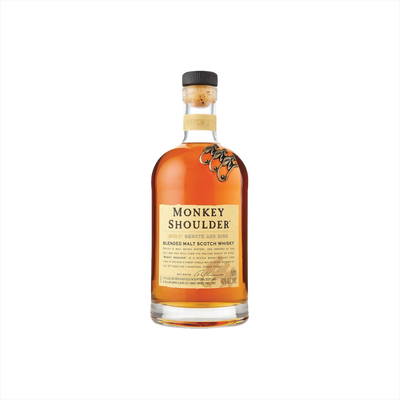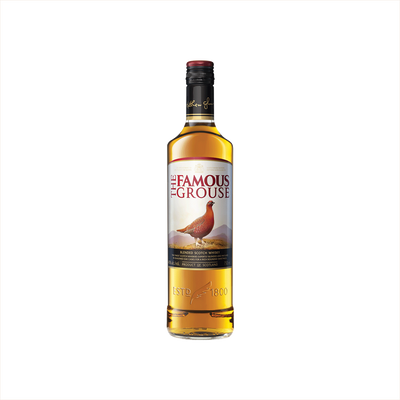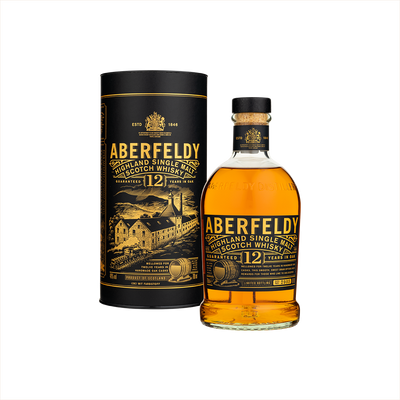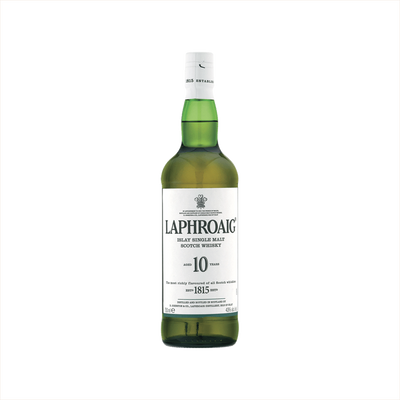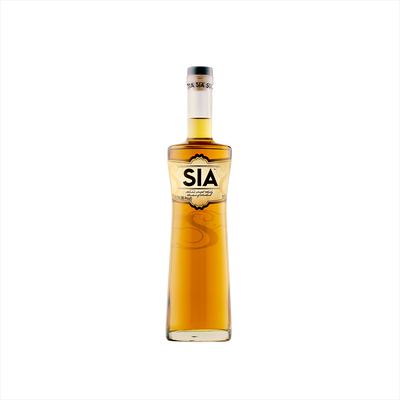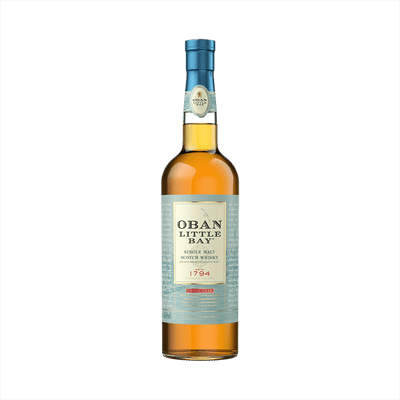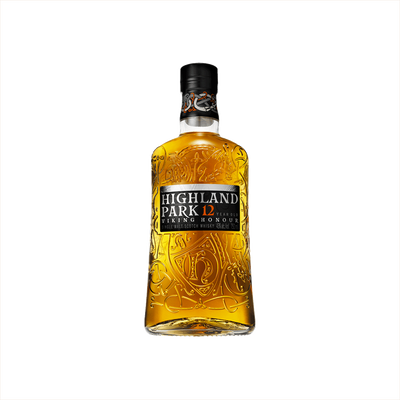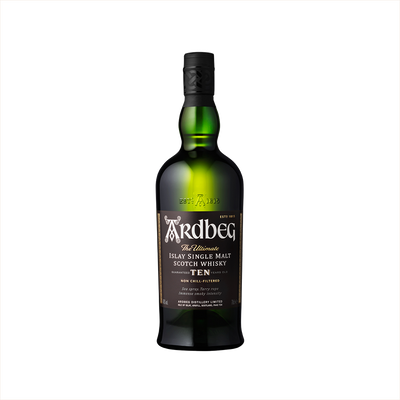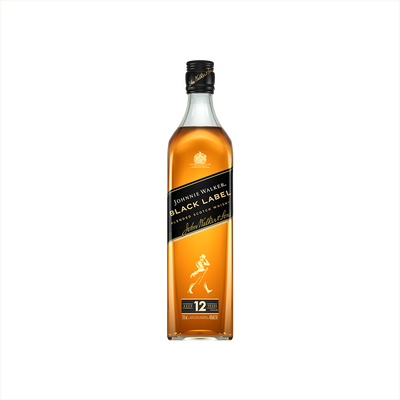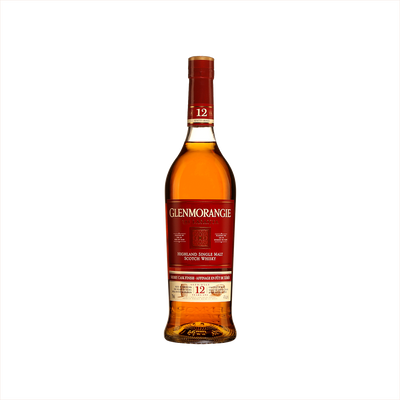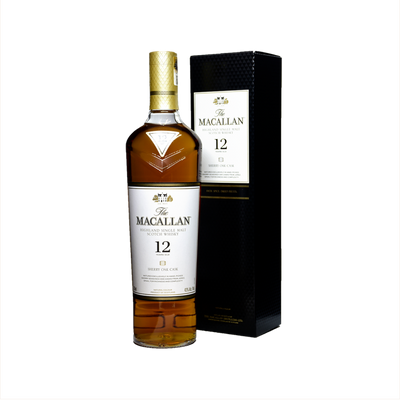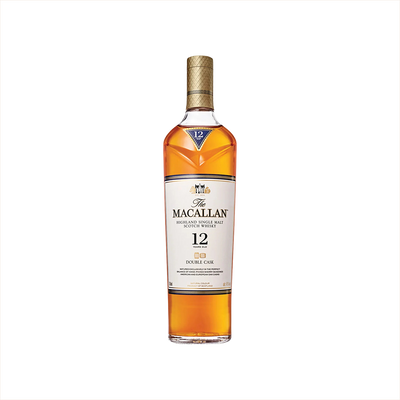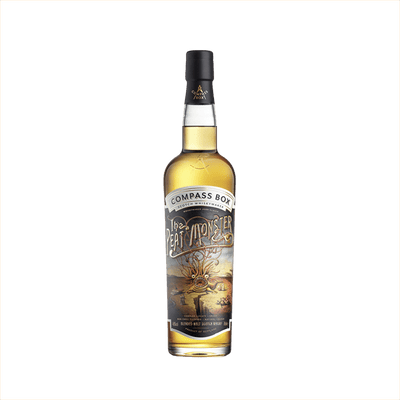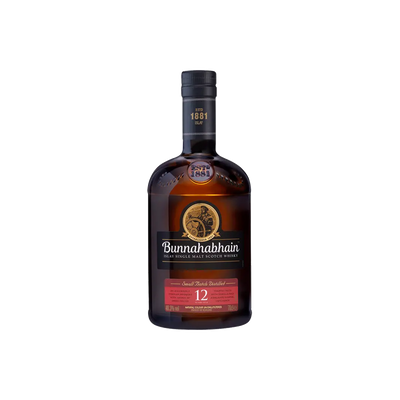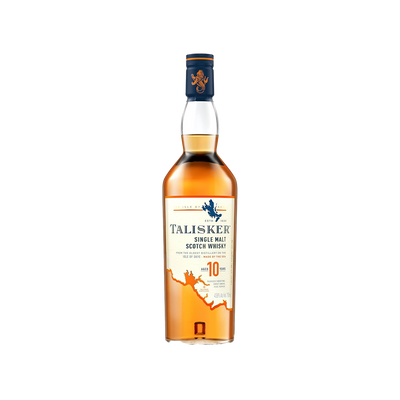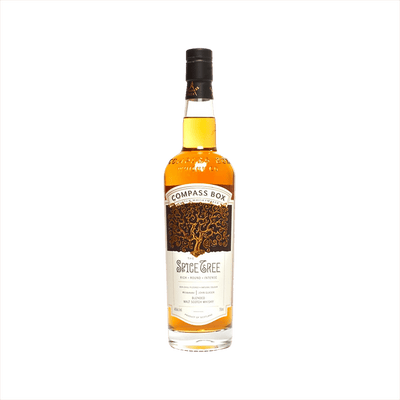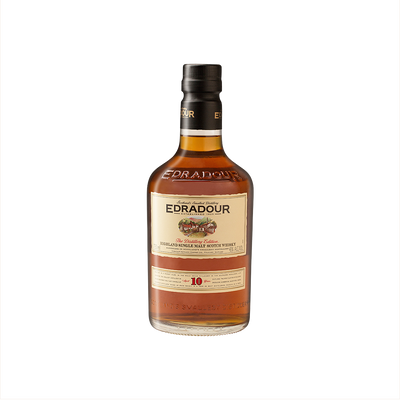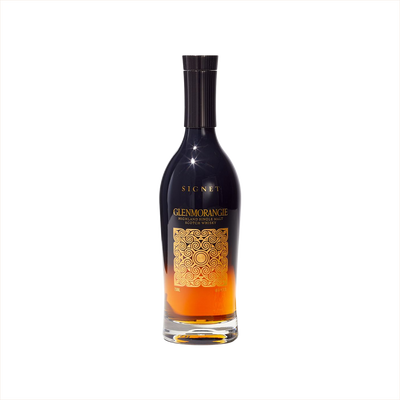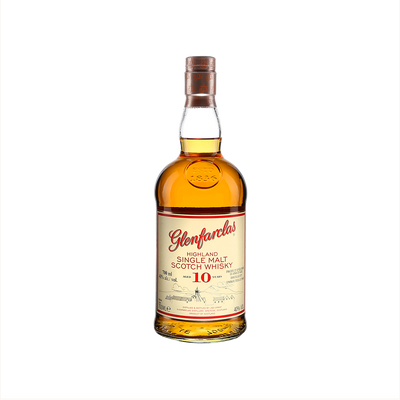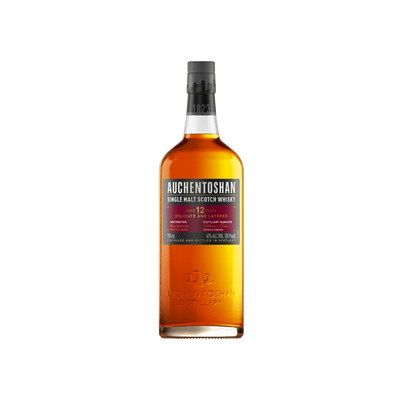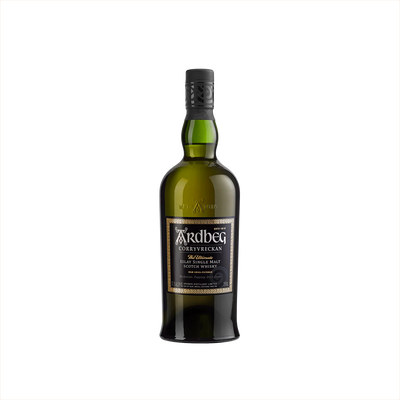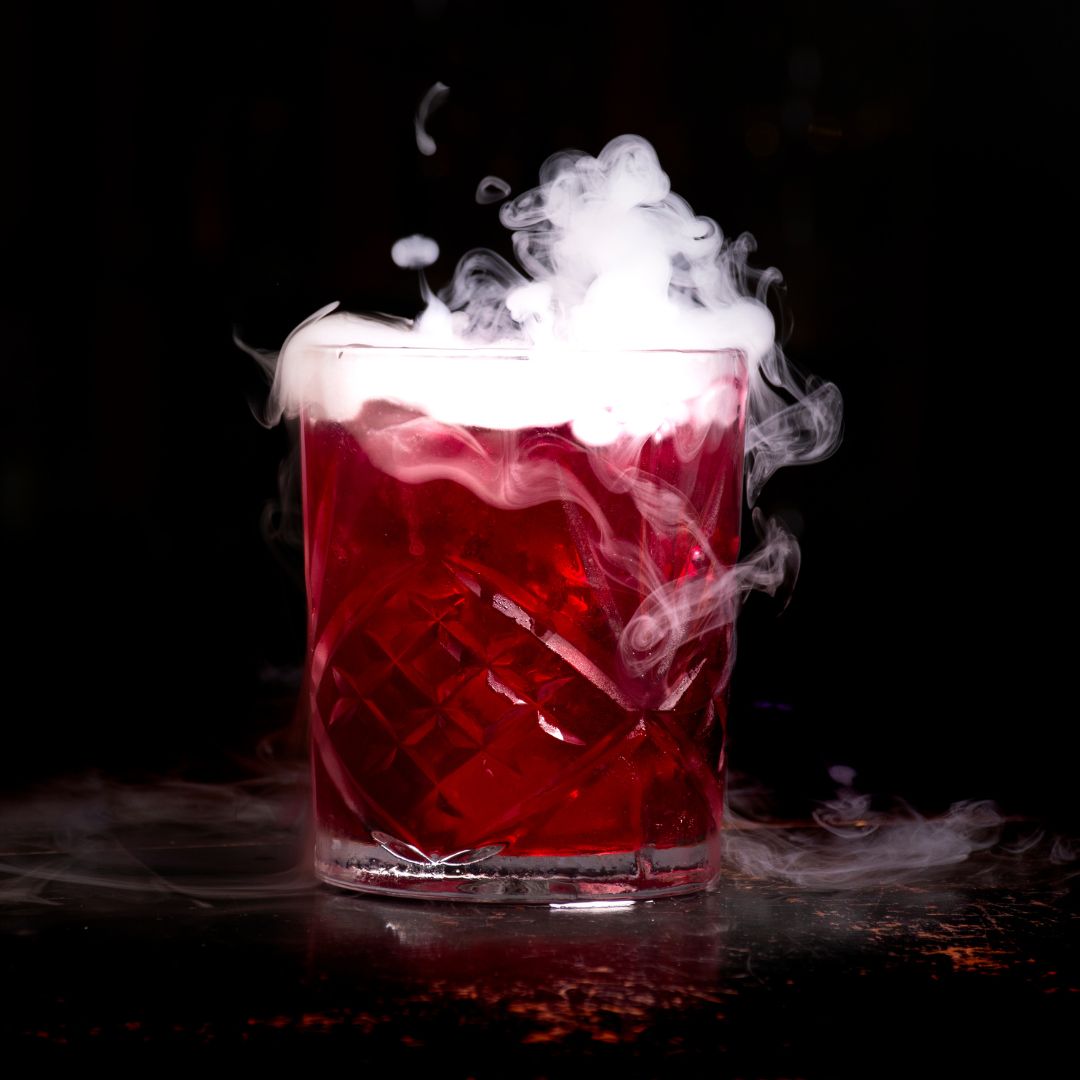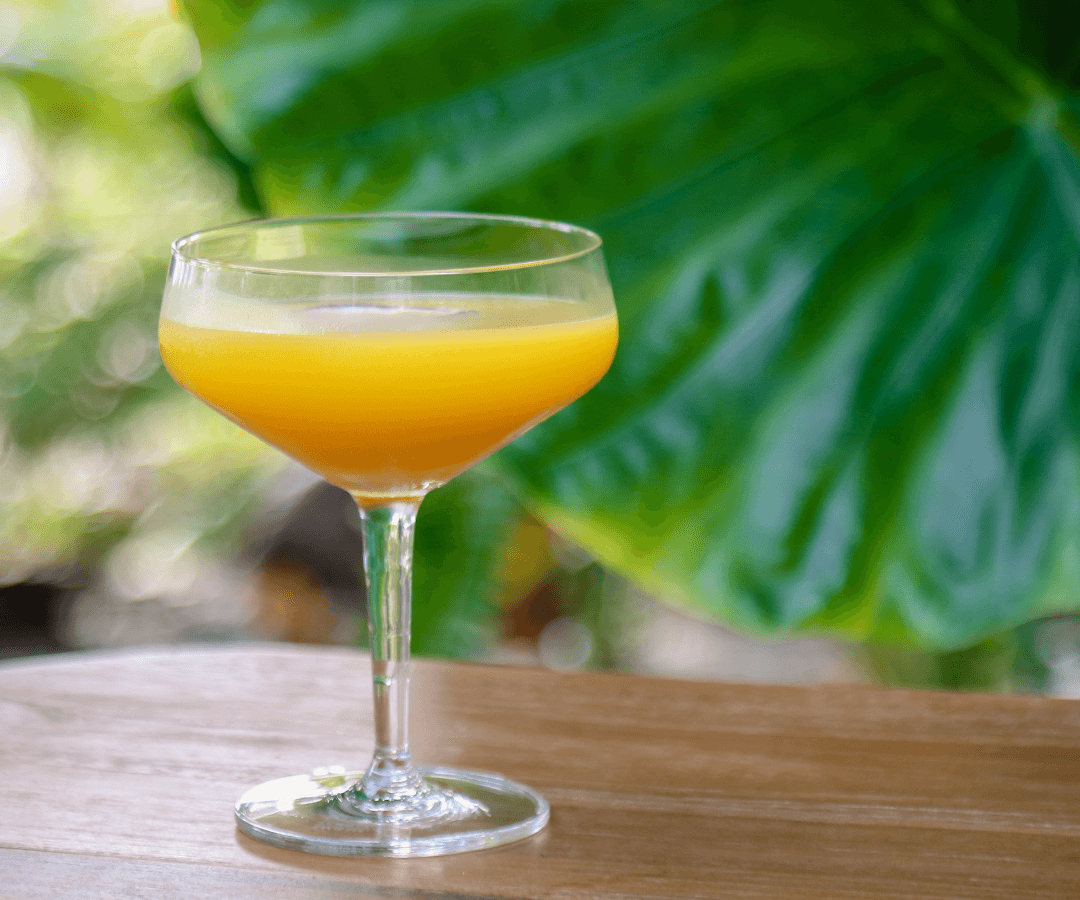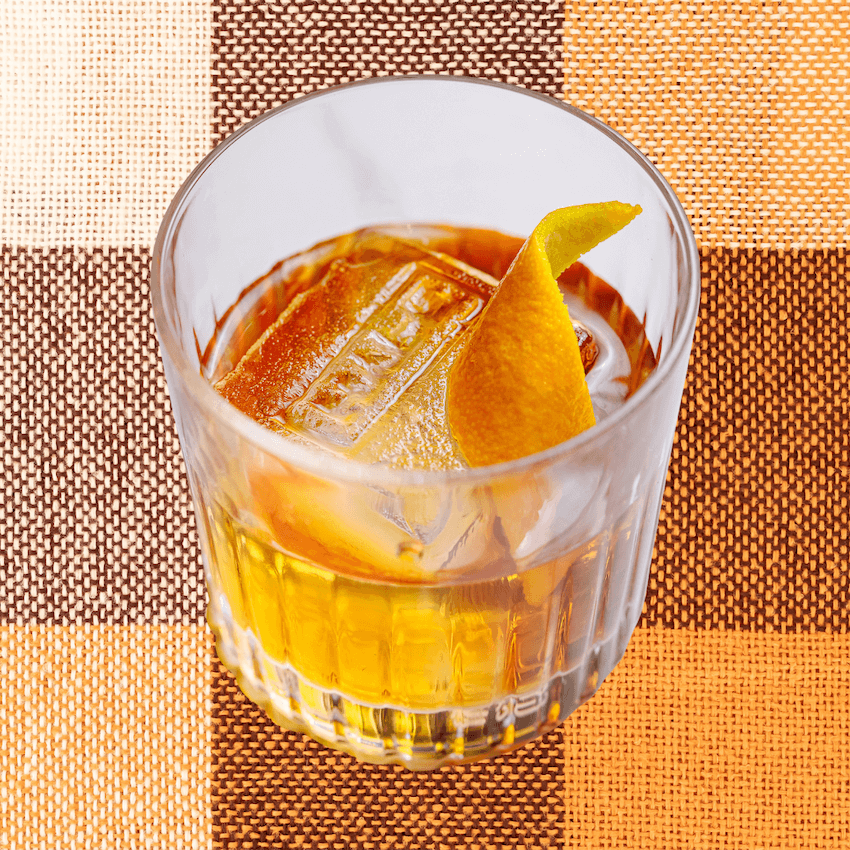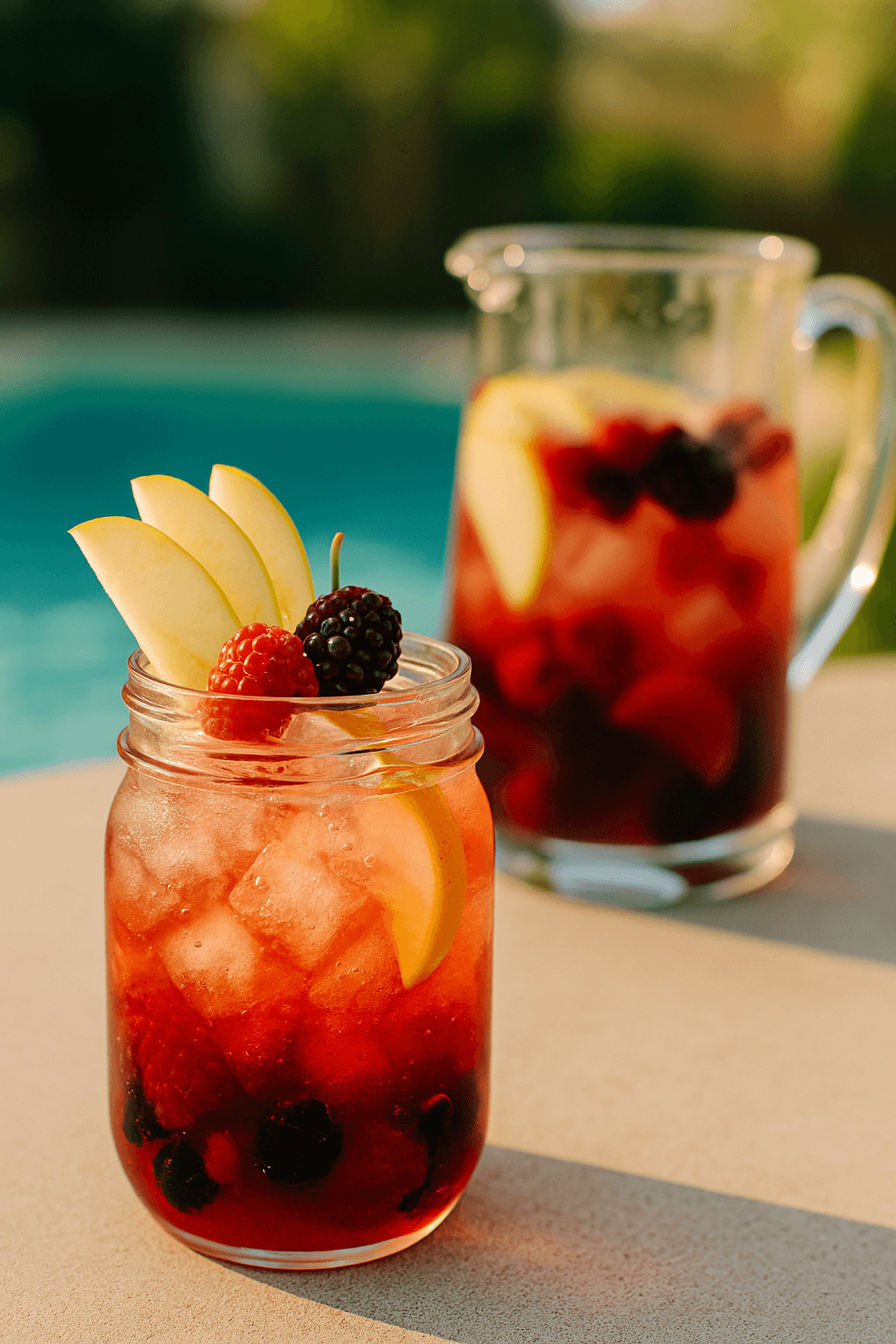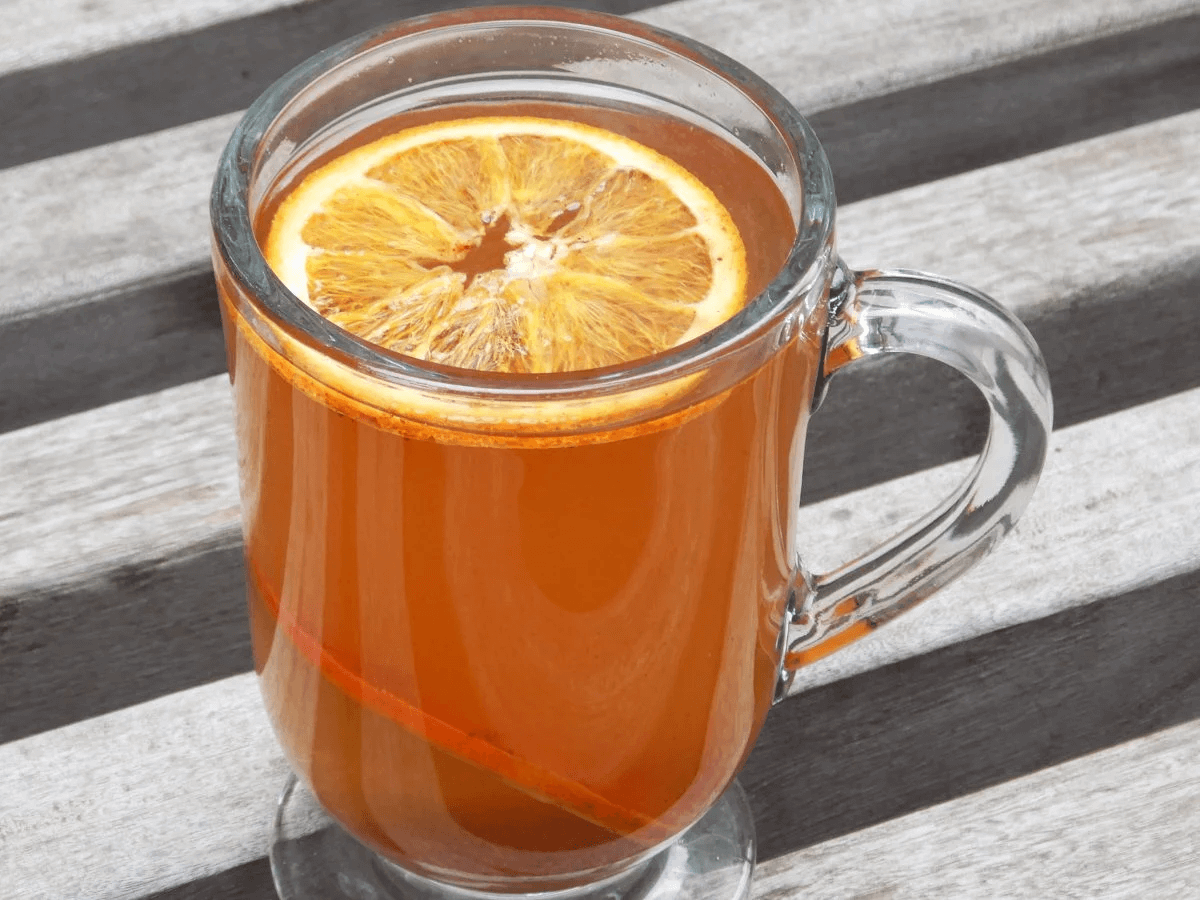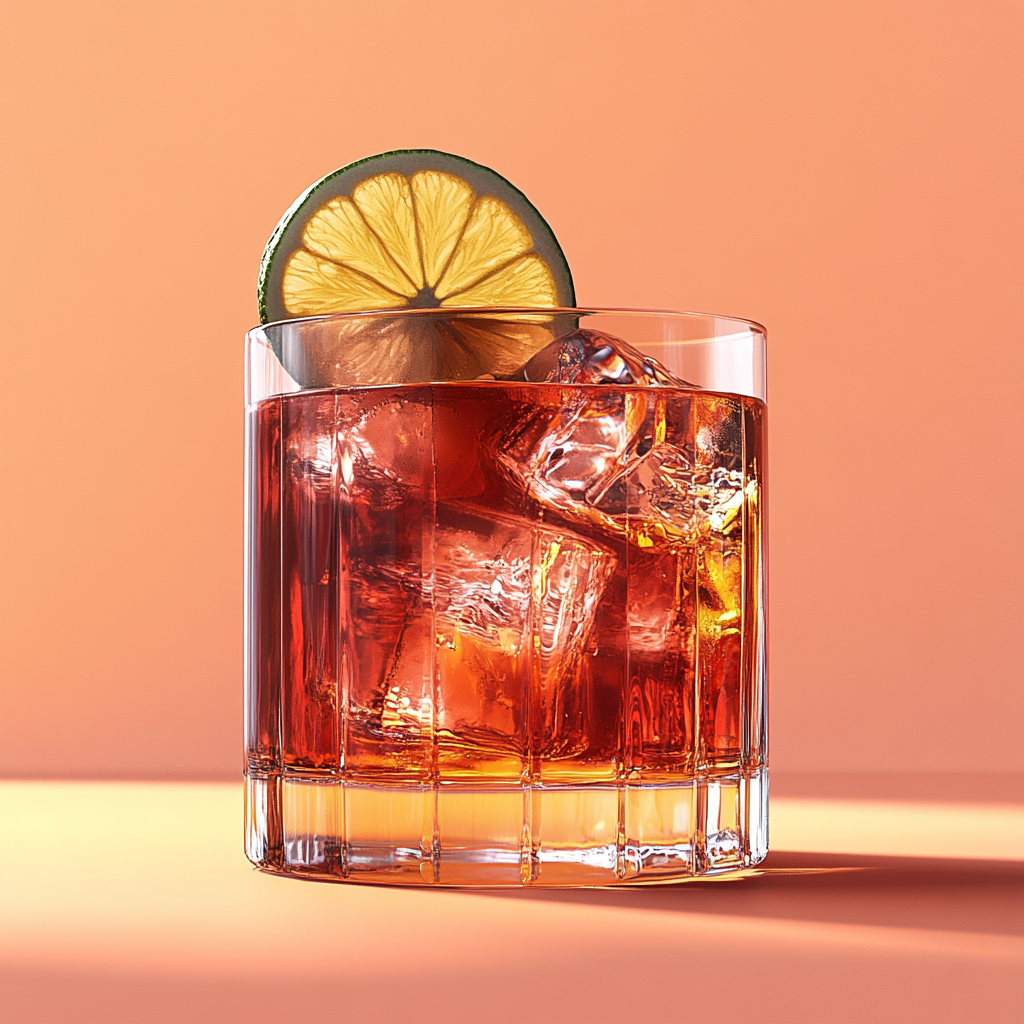Scotch Whisky
What is Scotch Whisky?
Scotch whisky is a distinctive type of whiskey that must be produced exclusively in Scotland according to strict legal requirements. To earn the Scotch designation, the spirit must be made from malted barley or grain, distilled at no more than 94.8% alcohol by volume, aged in oak casks for a minimum of three years, and bottled at no less than 40% ABV. The combination of Scottish terroir, traditional production methods, and rigorous regulations creates a spirit with character profiles ranging from light and floral to rich and smoky, depending on the region and distillery.
Learn More About Scotch Whisky
What makes Scotch Whisky unique?
Scotch whisky stands apart through its strict geographic requirements—it must be distilled in Scotland using specific production methods that have been refined over centuries. The country's diverse regions, from the peaty maritime influence of Islay to the gentle apple notes of Speyside, create flavor profiles you simply can't find anywhere else. Unlike American whiskeys that rely heavily on new oak barrels, Scotch develops its character through used barrels and extended aging periods, often resulting in more subtle, complex spirits that speak to their Scottish terroir.
How is Scotch Whisky made?
Scotch whisky starts with malted barley (and sometimes other grains like wheat or corn), which gets mashed with hot water to extract fermentable sugars, then fermented with yeast to create a beer-like liquid called "wash." This wash gets distilled twice in copper pot stills (or sometimes in column stills for grain whisky), concentrating the alcohol and developing flavor compounds. The clear spirit then ages in oak barrels for a minimum of three years, where it picks up color, smoothness, and complex flavors from the wood.
How do you drink Scotch Whisky?
Scotch whisky shines brightest when sipped neat or with just a splash of water to open up its complex flavors, though many people enjoy it on the rocks for a slightly mellowed experience. While shots aren't the traditional way to appreciate good Scotch, it absolutely excels in classic cocktails like the Rob Roy, Rusty Nail, and Penicillin, where its smoky or honeyed notes can play beautifully with other ingredients. The spirit's warming qualities make it perfect for cooler months and contemplative evenings, whether you're unwinding by a fireplace or sharing stories with friends over a well-crafted drink.
How do I choose a good Scotch Whisky?
Start by identifying your flavor preferences—do you enjoy smoky, peaty notes from Islay distilleries, or do you prefer the honeyed sweetness of Speyside malts? If you're mixing cocktails, opt for blended Scotches or single malts with bold characteristics that won't disappear behind other ingredients; a robust Highland malt works beautifully in a Rob Roy, while a gentler Lowland whisky might get lost. For sipping neat, trust your palate over price tags and don't be afraid to ask for tastings at better liquor stores—the best Scotch is simply the one you enjoy drinking.
Nutritional Information
Typical Calorie Range per Ounce: 64-80 calories
Typical Carbohydrate Range per Ounce: 0-0.1 grams
Typical Sugar Range per Ounce: 0 grams
Typically Gluten Free: Yes
While Scotch whisky is generally considered gluten-free due to the distillation process that removes gluten proteins, those with celiac disease or severe gluten sensitivity should check detailed product information with individual distilleries to confirm gluten-free status, as production methods can vary between brands.
Scrolled this far? Your reward? Scotch Whisky Trivia!
- The iconic bottle shape of Glenfiddich wasn't chosen for aesthetics—it was designed to prevent bartenders from pouring too generously. The triangular bottle sits awkwardly in most speed rails, forcing bartenders to handle it more carefully and measure more precisely. William Grant's sons came up with this clever cost-saving trick in the 1960s.
- Scotland's whisky regions produce dramatically different flavors partly because of their water sources, but here's the kicker: Islay whiskies get their smoky character not just from peat, but from seaweed. The peat on this island contains decomposed kelp and marine vegetation that's been compressed for thousands of years, giving whiskies like Laphroaig their distinctive medicinal, oceanic notes.
- During Prohibition, Scottish distilleries kept detailed records of American bootleggers' preferences and tailored their exports accordingly. Cutty Sark was specifically created in 1923 as a lighter, more mixable whisky for the American black market. The blend became so popular with smugglers that it outsold most established brands once Prohibition ended.
- The "angel's share"—whisky that evaporates during aging—feeds a unique ecosystem. Warehouses in Scotland develop black fungus called Baudoinia compniacensis on their exterior walls, which literally feeds on whisky vapors. This fungus only grows near distilleries and creates those distinctive dark stains you see on aging warehouses worldwide.
- Macallan once released a whisky aged in casks made from trees that were growing when Shakespeare wrote Hamlet. The distillery tracked down 400-year-old Spanish oak trees, had them specially coopered, and used them to age whisky for their Fine and Rare Collection. Each bottle contained liquid that spent time in wood older than the United States itself.
Higher-proof spirits can be intense. Mix carefully, taste thoughtfully, and enjoy responsibly.
Gift message (optional)

